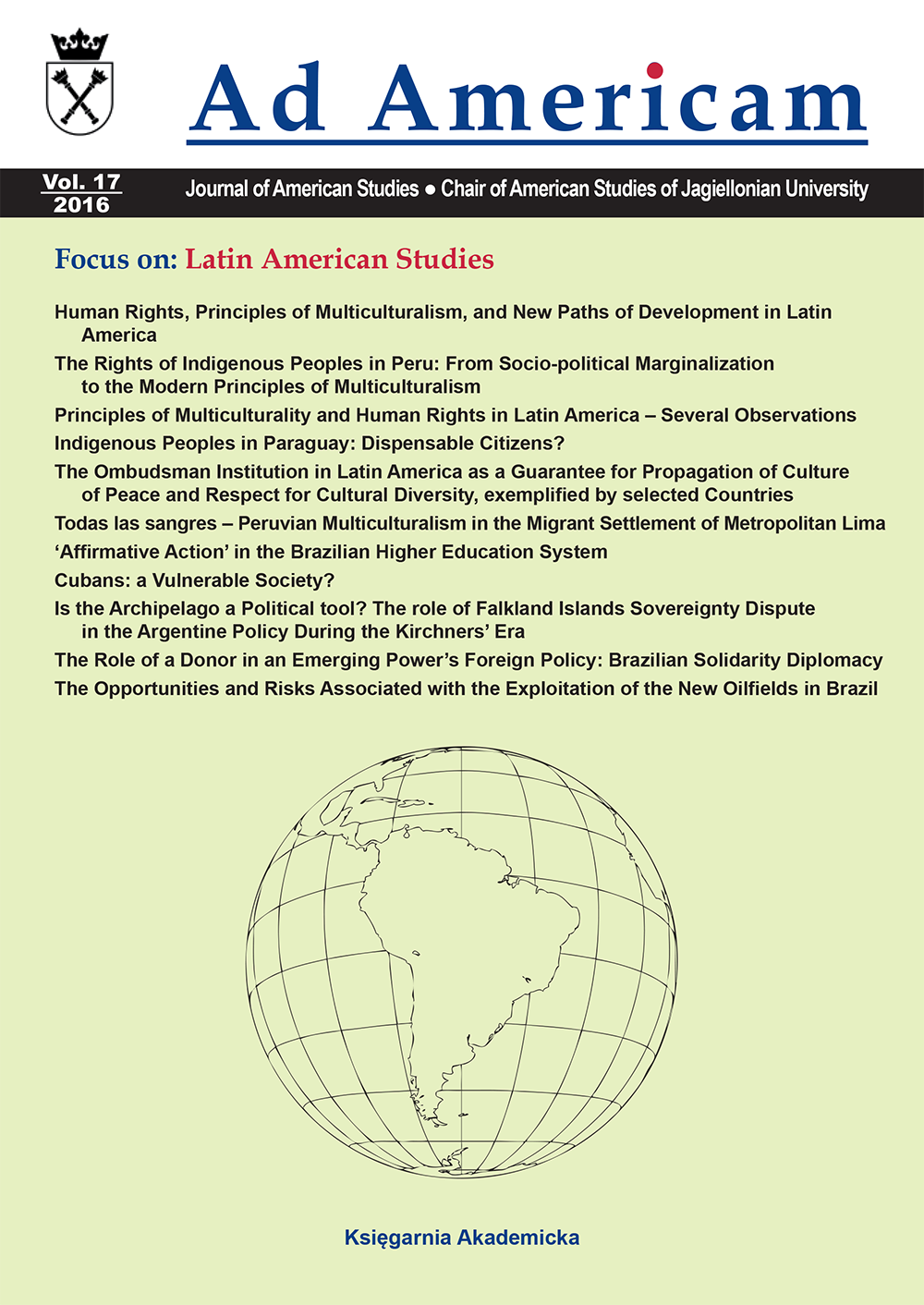Deconstructing Cultural Icons – Sherman Alexie and Junot Díaz
DOI:
https://doi.org/10.12797/AdAmericam.17.2016.17.12Keywords:
ethnic identity, Native American literature, Latino literature, ethnic stereotypes, Alexie, Díaz, survival humorAbstract
This paper addresses the problem of the representation of Native American and Latino/a identity in Sherman Alexie’s collection of short stories, The Lone Ranger and Tonto Fistfight in Heaven (1993), and Junot Díaz’s, This Is How You Lose Her (2012). Both authors try to the deconstruct popular ethnic stereotypes of the Indian Warrior and the Macho by creating characters such as Victor Joseph and or Yunior, who learn to reject the violence-based legacies of their respective cultures and try to substitute them with new hybrid identities, thus proving that it is possible to transform one’s ethnic heritage without getting completely acculturated. This paper also attempts to demonstrate that Alexie and Díaz play a very important role in the discussion of postethnic space by emphasizing the dangers of perceiving the Other through the prism of mass-fabricated images. They continue the long tradition established by authors such as Gerald Vizenor, Louis Owens, Arnold Krupat, Octavio Paz, Mario Vargas Llosa, and others. Additionally, Alexie and Díaz incorporate survival humor into their narratives, which makes their characters more credible and universal.
References
Alexie, Sherman. The Lone Ranger and Tonto Fistfight in Heaven. New York: Grove Press. 1993.
Alexie, Sherman. War Dances. New York: Grove Press, 2010.
Bauman, Zygmunt. Identity. Conversations with Benedetto Vecchi. Cambridge: Polity Press. 2004.
Bhabha, Homi K. The Location of Culture. London: Routledge, 1994.
Denuccio, Jerome. Slow Dancing with Skeletons, Critique: Studies In Contemporary Fiction, Volume 44, Issue 1. 2002: 86-96. DOI: https://doi.org/10.1080/00111610209599939
Lewis, Marina. Interview with Junot Díaz. www.webdelsol.com, 6th January, 2014.
Díaz, Junot. This Is How You Lose Her. New York: Riverhead Books, 2012.
Grassian, Daniel. Understanding Sherman Alexie. Columbia: University of South Carolina Press, 2005.
Krupat, Arnold. The Turn to the Native. Studies in Criticism and Culture, Lincoln: University of Nebraska Press, 1998.
Lincoln, Kenneth. “Bring Her Home” from Indi’n Humor: Bicultural Play on Native America. New York: Oxford University Press, 1993.
Owens, Louis. Other Destinies: Understanding the American Indian Novel. Norman: University of Oklahoma Press, 1992.
Paz, Octavio. Labyrinth of Solitude. New York: Grove Press, 1994.
Vizenor, Gerald. Fugitive Poses, Native American Scenes of Absence and Presence. University of Nebraska Press, 1998.
Downloads
Published
Issue
Section
License
Copyright (c) 2016 Agnieszka Gondor-Wiercioch

This work is licensed under a Creative Commons Attribution-NonCommercial-NoDerivatives 4.0 International License.






